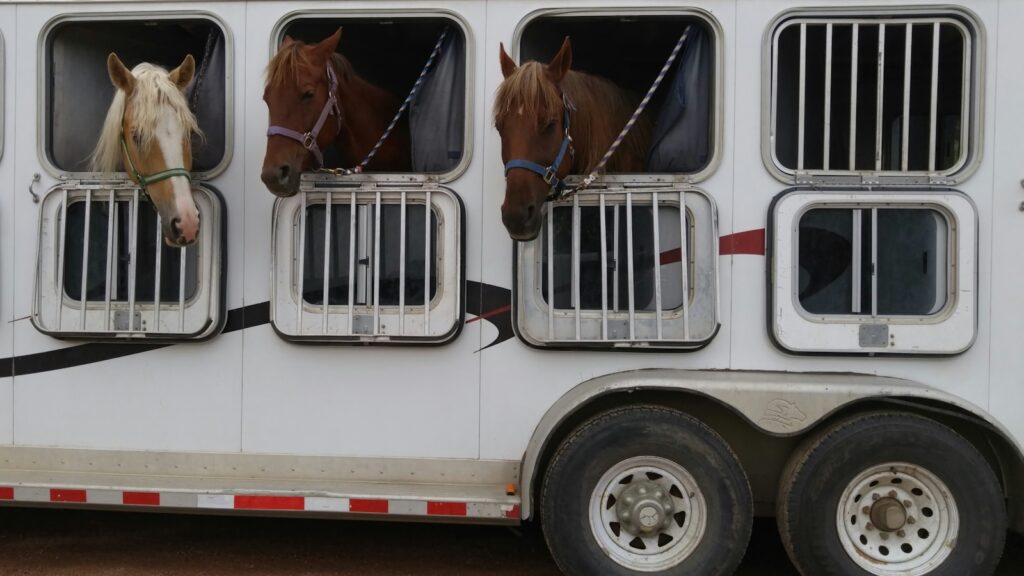When it comes to transporting your equine companion across states or countries, the right horse trailer becomes more than just a vehicle attachment—it’s a mobile sanctuary that ensures your horse’s safety, comfort, and well-being throughout the journey. Long-distance travel presents unique challenges that require thoughtful consideration when selecting a trailer. From size and ventilation to suspension systems and amenities, each feature plays a crucial role in making the trip stress-free for both horse and handler. This comprehensive guide will walk you through everything you need to know about choosing the perfect horse trailer for those extended journeys, helping you make an informed decision that prioritizes your horse’s comfort while meeting your practical needs.
Understanding Your Horse’s Needs

Before diving into trailer specifications, it’s essential to consider your horse’s individual requirements during long-distance travel. Horses have varying temperaments, with some being naturally more anxious in confined spaces or when traveling, which might necessitate a larger, more open trailer design. Physical attributes matter too—taller horses need greater ceiling height, while broader horses require more width in their standing area to maintain balance and comfort. Previous travel experiences should also factor into your decision; horses with negative trailer memories might benefit from designs that address their specific anxieties, such as more windows for visibility or partitions for security. Understanding these needs forms the foundation for selecting a trailer that will reduce stress and potential health issues during extended journeys.
Straight Load vs. Slant Load Configurations
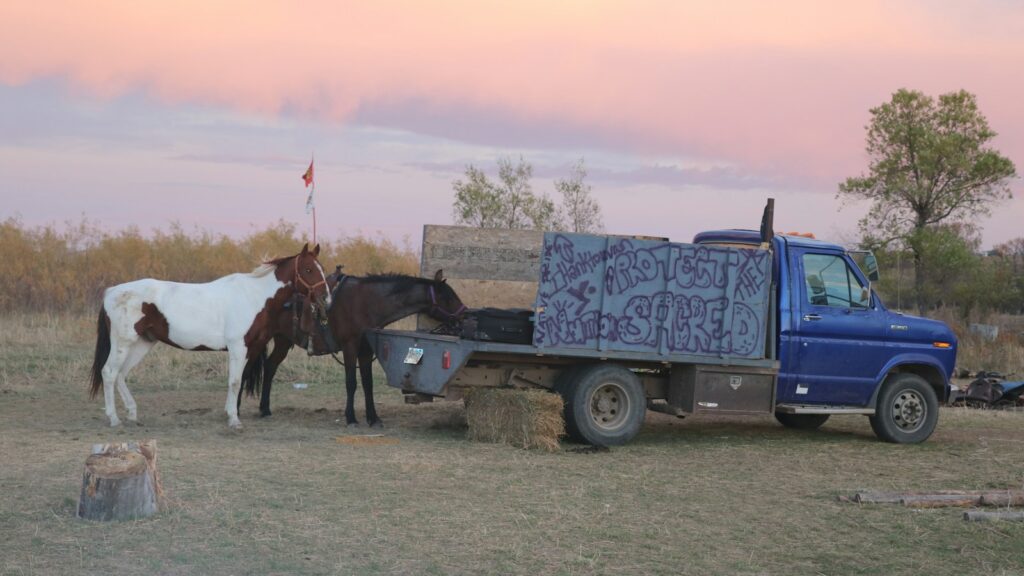
The eternal debate between straight load and slant load trailers becomes particularly relevant for long-distance travel. Straight load trailers, where horses face forward parallel to the direction of travel, often provide more individual space and are generally easier for horses to walk directly in and out of without turning. Slant load trailers position horses at an angle, potentially allowing you to transport more horses in a smaller footprint while giving them the natural opportunity to balance by widening their stance. For extended journeys, many experienced travelers prefer straight load trailers because they allow horses to use their head and neck for balance more naturally, potentially reducing fatigue and muscle strain during long hauls. Your horse’s preferences and previous trailering experiences may ultimately guide this choice, as some horses develop strong preferences for one configuration over another.
Size and Weight Considerations

Finding the right balance between spaciousness and maneuverability is crucial when selecting a long-distance trailer. Interior dimensions should provide at least 10 inches of extra height above your tallest horse’s ears when their head is raised, and enough width that they can spread their legs slightly for balance without feeling confined. Weight distribution becomes particularly important on long journeys, as proper balancing reduces swaying and improves fuel efficiency. The trailer’s overall weight, when loaded, must be within your towing vehicle’s capacity with a comfortable margin for safety—experts typically recommend using no more than 80% of your vehicle’s maximum towing capacity for long distances. Remember that a trailer that feels spacious reduces stress on your horse, potentially preventing travel-related health issues like shipping fever or muscle fatigue.
Ventilation and Climate Control Features

Superior ventilation systems are non-negotiable for long-distance horse transport, as proper airflow prevents respiratory issues and helps regulate temperature. Look for trailers with multiple ventilation points including roof vents, windows, and drop-down windows at the horse’s head level, all with protective screens to prevent debris from entering. The best long-distance trailers feature adjustable ventilation systems that can be modified based on weather conditions, allowing you to increase airflow during hot weather or reduce it during colder conditions. For extreme temperature regions, consider trailers with insulated walls and ceilings to maintain more consistent interior temperatures. Some premium models now include temperature monitoring systems that allow you to check the trailer’s interior climate from the cab of your towing vehicle, adding an extra layer of safety during those extended journeys.
Flooring and Footing Materials

The floor of your horse trailer plays a critical role in maintaining your horse’s comfort and safety during long-distance travel. Rubber mats over sturdy, properly sealed wood or aluminum floors provide essential cushioning that reduces leg fatigue and joint stress during extended periods of standing. Many experienced travelers recommend adding a layer of absorbent bedding like shavings or specialized trailer bedding over the mats to improve grip, absorb moisture, and provide additional cushioning. The ideal flooring system also incorporates proper drainage to ensure urine and water don’t accumulate, which could create slippery conditions or ammonia buildup that irritates respiratory passages. For truly long journeys, consider flooring systems specifically designed to reduce vibration transfer from the road to your horse’s legs, as this continuous vibration can contribute significantly to travel fatigue.
Suspension Systems and Ride Quality
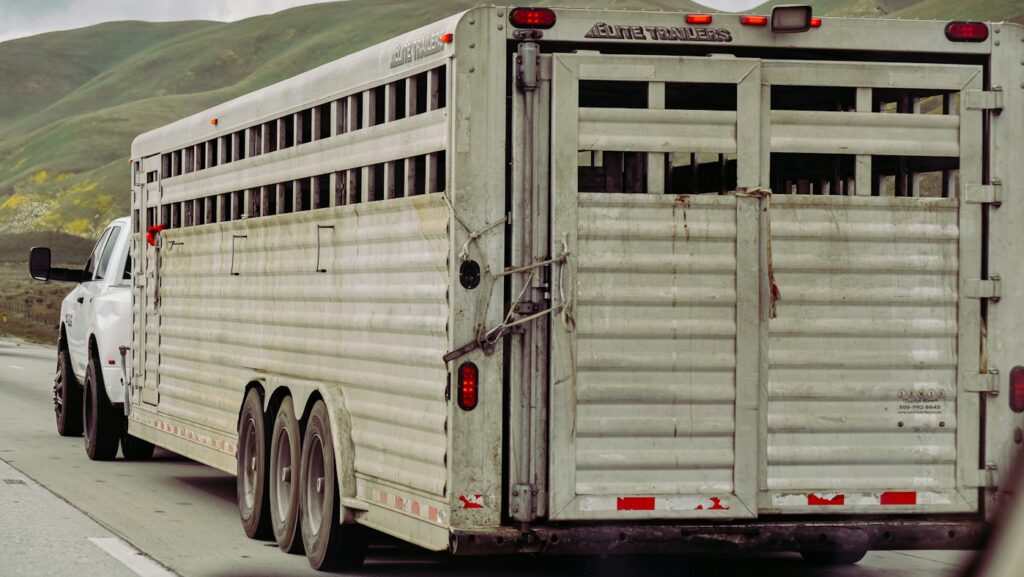
A superior suspension system is perhaps the most underrated feature when selecting a long-distance horse trailer, yet it directly impacts your horse’s comfort and energy levels upon arrival. Traditional leaf spring suspensions have been the industry standard, but for serious distance travelers, trailers with torsion axles or air ride suspensions provide dramatically improved ride quality by absorbing road shock and vibration. The reduced road impact not only improves your horse’s comfort but also minimizes trailer wear and tear over thousands of miles. Some premium trailers now feature independent suspension systems where each wheel responds to road conditions separately, further improving stability and reducing the lateral sway that can challenge a horse’s balance. When test driving potential trailers, pay particular attention to how they handle on rougher roads, as this performance directly translates to reduced stress and fatigue for your equine passengers.
Safety Features for Extended Journeys
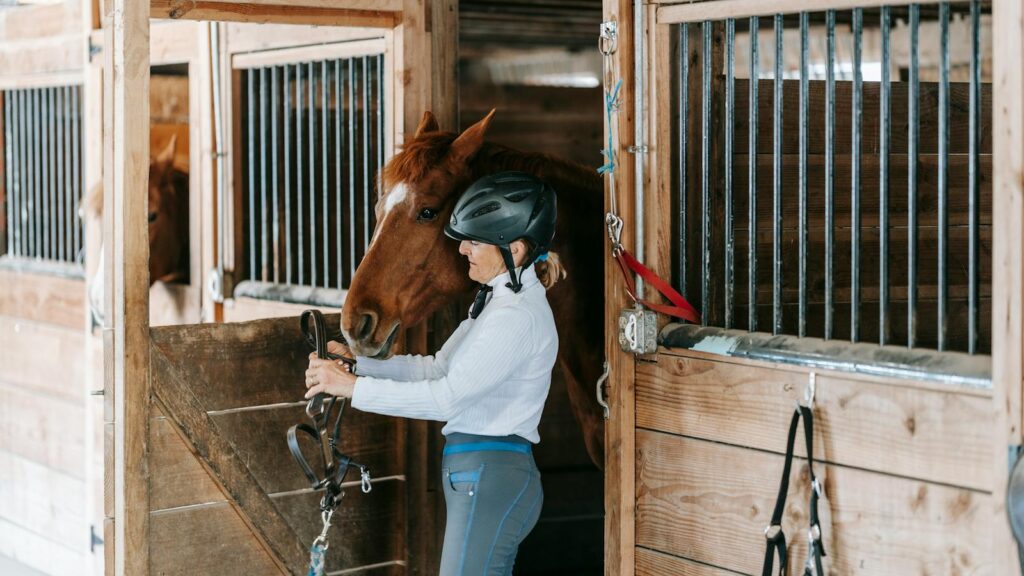
Long-distance travel demands additional safety features beyond what might suffice for local transportation. Emergency brake systems that activate automatically if the trailer becomes separated from the towing vehicle are essential for highway travel safety. Multiple escape doors, including some accessible from the interior, provide crucial exit options in emergency situations. Heavy-duty tie rings and properly positioned safety chains inside the trailer prevent horses from turning around or becoming entangled while still allowing natural movement for balance. Advanced trailers might include features like internal camera systems that allow you to monitor your horses from the towing vehicle without stopping, or GPS tracking systems that help locate the trailer in case of theft. Insurance companies often offer reduced premiums for trailers with these advanced safety features, acknowledging their role in preventing both accidents and injuries.
Living Quarters Options
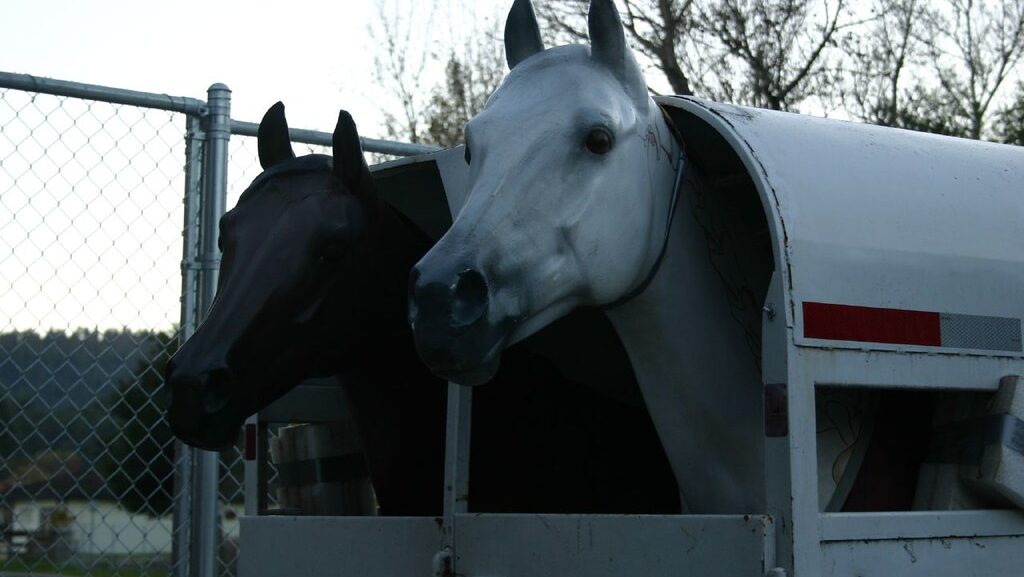
For truly long-distance travel that requires overnight stops, trailers with integrated living quarters deserve serious consideration. These range from basic weekend packages with minimal sleeping space and storage to luxury models with full bathrooms, kitchens, and sleeping for multiple people. Having living quarters eliminates the need to find accommodations that allow you to park a horse trailer nearby, giving you the freedom to stop when your horses need rest rather than when you reach a scheduled destination. The ability to stay with your horses throughout the journey provides peace of mind and allows for immediate attention to any needs that arise. However, these conveniences come with trade-offs including increased weight, length, and fuel consumption, so carefully evaluate whether your typical journey distances justify these features before making the investment.
Materials and Construction Quality
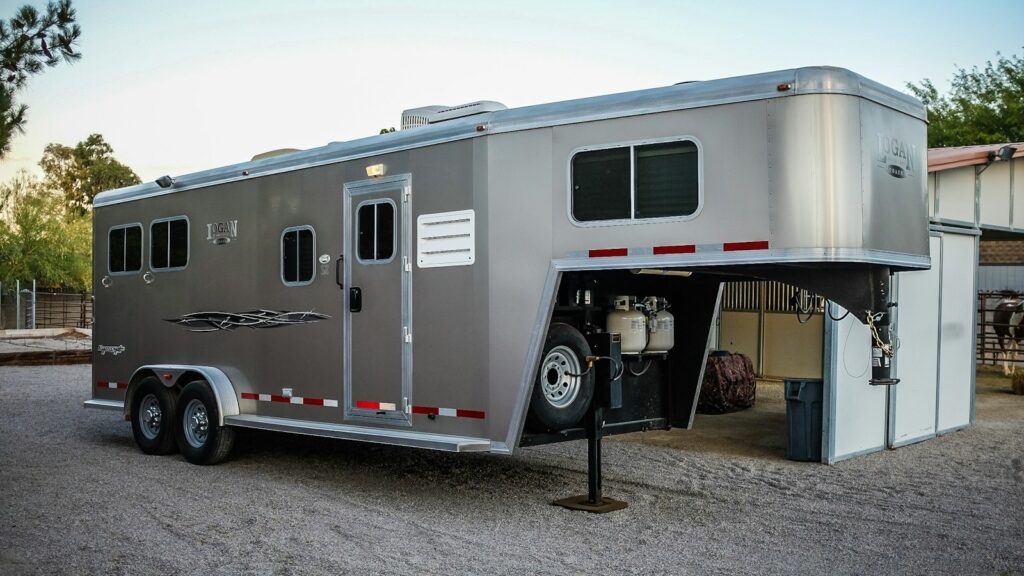
The materials used in trailer construction significantly impact durability, weight, maintenance requirements, and your horses’ comfort during long trips. Aluminum trailers have become increasingly popular for their lighter weight and corrosion resistance, potentially improving fuel efficiency and reducing tow vehicle strain over thousands of miles. Steel trailers, while heavier, often provide more structural strength and may dampen road noise and vibration better than aluminum models. Hybrid designs featuring aluminum skin over steel frames aim to capture the benefits of both materials. Beyond the primary construction material, examine the quality of components like hinges, latches, and door seals, which often reveal the manufacturer’s attention to detail and long-term durability commitment. For trailers that will cover significant mileage, investing in higher-grade materials and construction typically delivers better value over time despite the higher initial purchase price.
Maneuverability and Towing Considerations
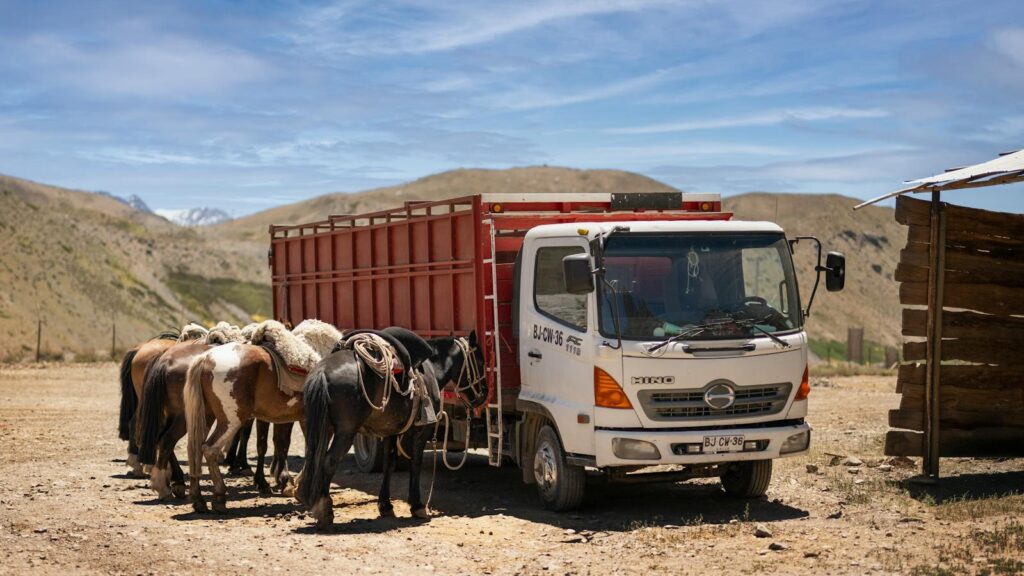
A trailer’s handling characteristics become increasingly important as travel distances increase, affecting everything from driver fatigue to fuel efficiency. Shorter wheel base trailers offer better maneuverability in tight spaces but may sacrifice some stability at highway speeds compared to longer models. The trailer’s weight distribution, both empty and loaded, dramatically impacts its tendency to sway or follow road crown, with properly balanced trailers requiring less constant steering correction. Consider features like electric brakes with in-cab controllers that allow you to adjust braking force based on load and road conditions. For those new to hauling long distances, trailers with sway control systems can provide valuable stability assistance, particularly in challenging driving conditions like high winds or when passing large commercial vehicles. The ideal trailer should track smoothly behind your towing vehicle with minimal input required, allowing you to arrive at your destination less fatigued.
Watering and Feeding Systems
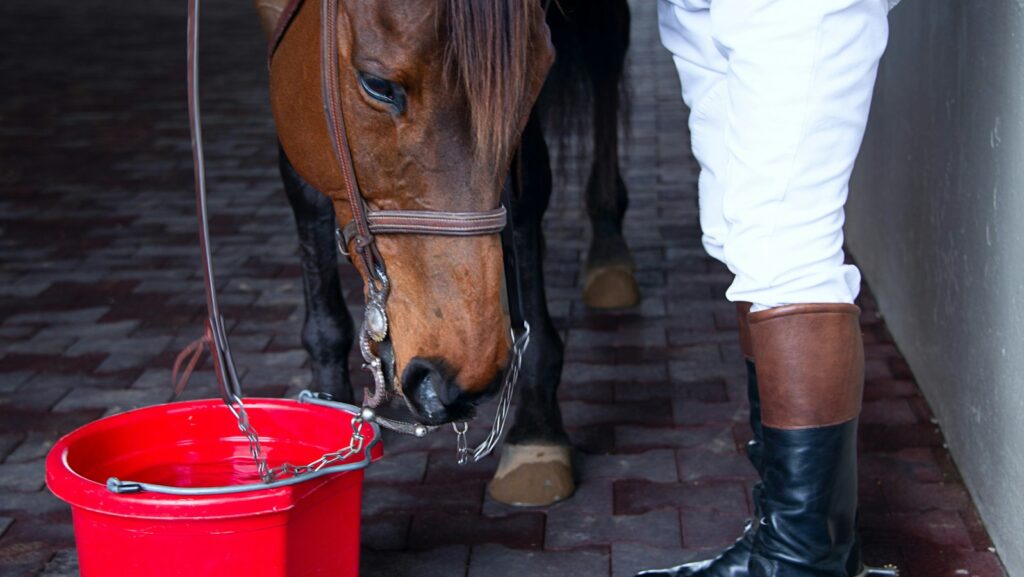
Maintaining proper hydration and nutrition during long trips requires thoughtful trailer features beyond what shorter journeys might demand. Integrated water tanks with interior access allow horses to drink during travel or rest stops without requiring external water sources, though tank capacity and placement should be evaluated for their impact on the trailer’s weight distribution. Hay bag securing systems positioned to encourage natural head positions while eating help maintain respiratory health during travel. Some advanced trailers include built-in automatic watering systems that provide continuous access to fresh water through specialized non-spill containers. For multi-day journeys, consider trailers with accessible storage compartments for feed and supplements that keep these essentials organized and protected from weather and dust. Proper feeding and watering capabilities not only maintain your horse’s physical health but also provide familiar routines that reduce travel stress.
Maintenance Requirements and Longevity
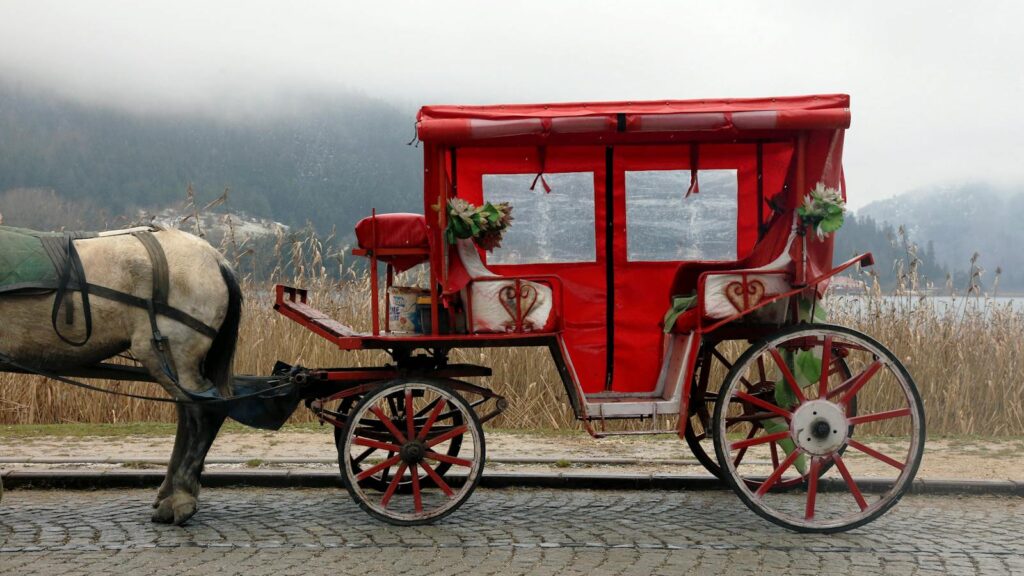
A trailer’s long-term maintenance needs should factor heavily into your decision-making process, particularly if you plan frequent long-distance travel. Investigate how accessible critical components like wheel bearings, brake assemblies, and suspension parts are for routine maintenance or roadside repairs. Trailers with sealed electrical systems using weather-resistant connectors typically experience fewer electrical failures, a common source of roadside frustration. The manufacturer’s warranty terms often reveal their confidence in their product’s durability—look for comprehensive coverage that includes structural components and major systems. Speak with existing owners about their experiences with dealer support and parts availability, as even minor repairs can become major headaches if replacement parts are difficult to source. Remember that initial purchase price represents only part of the total ownership cost, with maintenance requirements significantly impacting the long-term value equation for frequent travelers.
Budget Considerations and Resale Value

Establishing a realistic budget requires looking beyond the purchase price to consider the total cost of ownership over your expected usage period. Higher-quality trailers typically command premium prices but often deliver better value through improved durability, reduced maintenance costs, and stronger resale values when properly maintained. Financing options specifically designed for horse trailers can make higher-quality models more accessible by spreading payments over extended terms, though these arrangements should be carefully evaluated against your travel frequency and anticipated ownership duration. Certain brands and models maintain exceptional resale value due to their reputation for quality and desirable features, making them potentially better long-term investments despite higher initial costs. Remember that inadequate trailers can lead to costly veterinary bills if your horse suffers from travel-related stress or injury, making appropriate investment in quality a form of preventive healthcare that protects both your horse and your wallet.
Test Drives and Final Evaluation
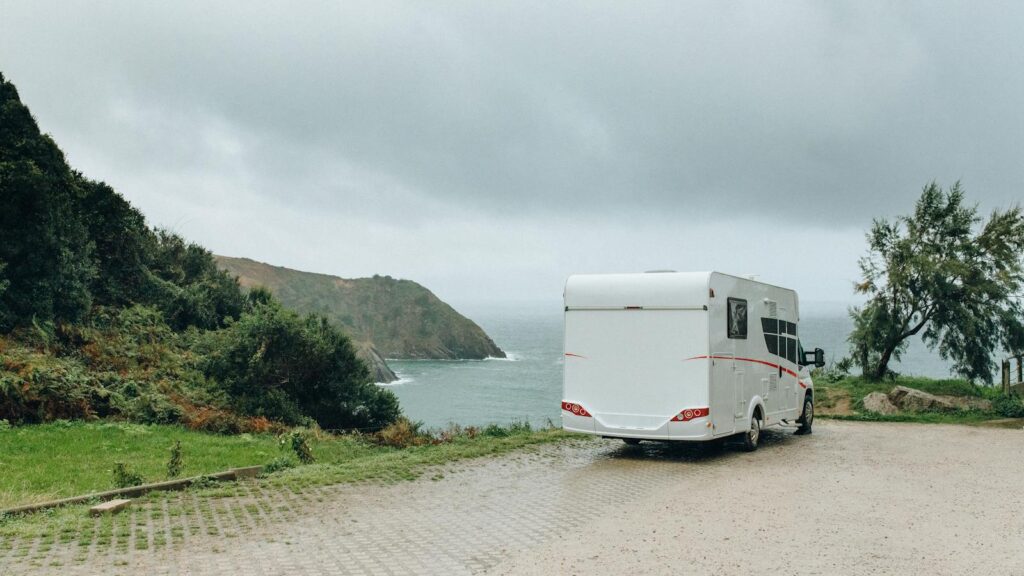
Before making your final decision, arrange to test drive your top trailer candidates with your specific towing vehicle if possible. Pay attention to acceleration, braking distance, and handling characteristics, particularly how the trailer responds to sudden maneuvers or uneven road surfaces. If the dealer permits, load the trailer with weight equivalent to your horses to evaluate how it handles when properly loaded. Inspect the interior from your horse’s perspective, checking for protruding hardware, sharp edges, or design elements that could cause injury during loading or travel. Consider inviting an experienced horse hauler to join you during evaluation, as they may notice details that escape less practiced observers. Finally, trust your instincts—if something doesn’t feel right about a particular trailer, continue your search until you find one that inspires complete confidence for those important long-distance journeys with your equine partners.
Conclusion

When selecting a horse trailer for long-distance travel, the decision extends far beyond simple transportation. The right trailer becomes a critical component of your horse’s health management system during travel, potentially making the difference between arriving at your destination with a fresh, comfortable horse ready to perform or one that’s stressed, dehydrated, and requiring recovery time. By carefully evaluating your specific needs against the features discussed in this guide, you can select a trailer that serves both your practical requirements and your horse’s comfort needs. Remember that while quality trailers represent a significant investment, they provide returns through improved horse welfare, reduced travel complications, and better long-term value. Your horse gives you their trust during travel—choosing the right trailer honors that trust while ensuring safer, more comfortable journeys for the miles ahead.

